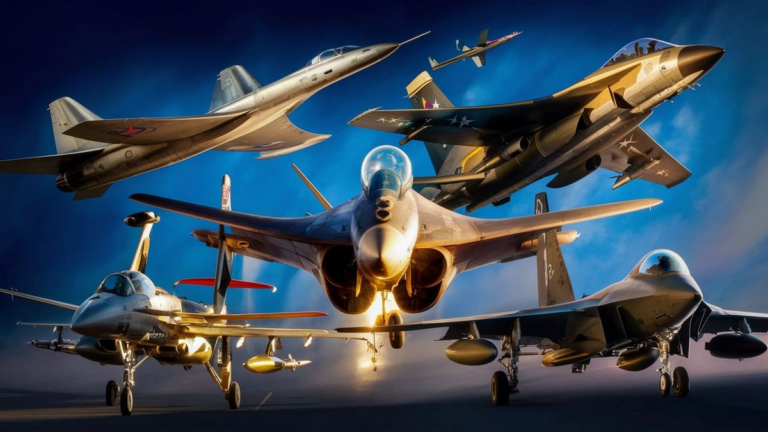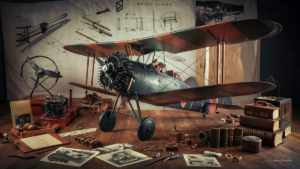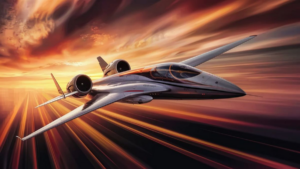When it comes to pushing the boundaries of speed and aviation technology, the question of what constitutes the fastest aircraft in the world is a subject of perennial fascination. From sleek fighter jets to experimental prototypes, a variety of contenders have vied for the title over the years.
The Need for Speed
The quest for speed in aviation has been a driving force behind technological advancements for decades. Whether for military superiority, commercial efficiency, or simply the thrill of breaking records, engineers and aviators have continually sought to push the limits of what is possible in the skies.
Historical Milestones
Throughout history, various aircraft have held the title of the fastest in the world, each marking a significant milestone in the evolution of aviation. From the iconic SR-71 Blackbird, capable of cruising at speeds exceeding Mach 3, to the cutting-edge X-15 rocket plane, which set numerous speed and altitude records in the 1960s, the pursuit of speed has driven innovation in aircraft design and propulsion systems.
Modern Marvels
In the contemporary era, several aircraft have emerged as contenders for the title of the fastest in the world. Among them are advanced fighter jets like the Lockheed Martin F-22 Raptor and the Sukhoi Su-57, both capable of reaching speeds in excess of Mach 2. Additionally, experimental aircraft such as the Boeing X-43A and the North American X-15 have demonstrated the potential for even greater speeds through innovative technologies like scramjet engines and hypersonic flight.
Challenges and Limitations
Despite the impressive achievements of these aircraft, achieving and sustaining supersonic and hypersonic speeds presents numerous technical challenges and operational limitations. High temperatures generated by air friction, aerodynamic instability, and the practicalities of fuel consumption and engine efficiency all pose significant hurdles to sustained high-speed flight.
The Future of Speed
Looking ahead, advancements in materials science, propulsion technology, and aerodynamics hold the promise of even faster aircraft in the future. Projects such as the Lockheed Martin SR-72 and various hypersonic missile programs indicate that the quest for speed continues to be a driving force in aerospace innovation.
So, what is the fastest aircraft in the world? The answer is complex and continually evolving as new technologies emerge and new speed barriers are broken. From historical icons to cutting-edge prototypes, the pursuit of speed in aviation remains a testament to human ingenuity and the relentless quest for progress.
Frequently Asked Questions
Curious about the fastest aircraft in the world? Here are some common questions:
| Question | Answer |
|---|---|
| What is the current fastest aircraft? | As of the latest data, the Lockheed Martin SR-71 Blackbird holds the title for the fastest aircraft, capable of cruising at speeds exceeding Mach 3. |
| Are there any commercial aircraft that are exceptionally fast? | While commercial aircraft prioritize efficiency and comfort over speed, some business jets like the Gulfstream G650ER are among the fastest civilian aircraft, capable of reaching speeds close to Mach 0.9. |
| What challenges do engineers face in designing faster aircraft? | Designing aircraft for high-speed flight presents challenges such as managing heat generated by air friction, maintaining stability at supersonic speeds, and optimizing fuel efficiency for sustained flight. |
Exploring New Horizons
Beyond speed, aviation enthusiasts often wonder about other remarkable aspects of aircraft. Here are some intriguing topics:
- Exploration of space using aircraft and rockets.
- The development of unmanned aerial vehicles (UAVs) for various applications.
- Efforts to reduce the environmental impact of aviation through sustainable fuel alternatives.
See also:






